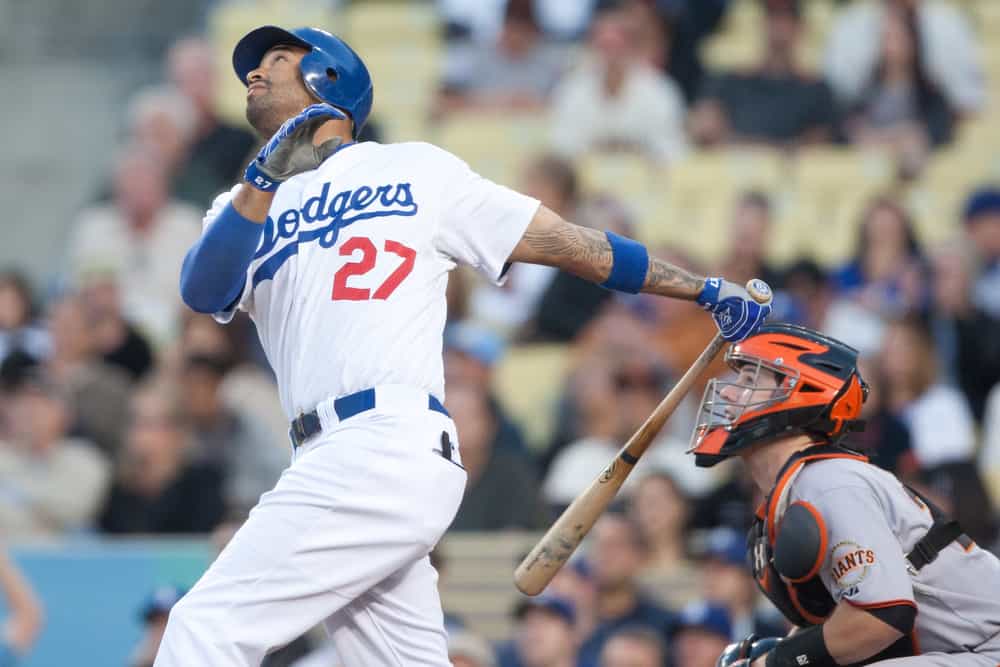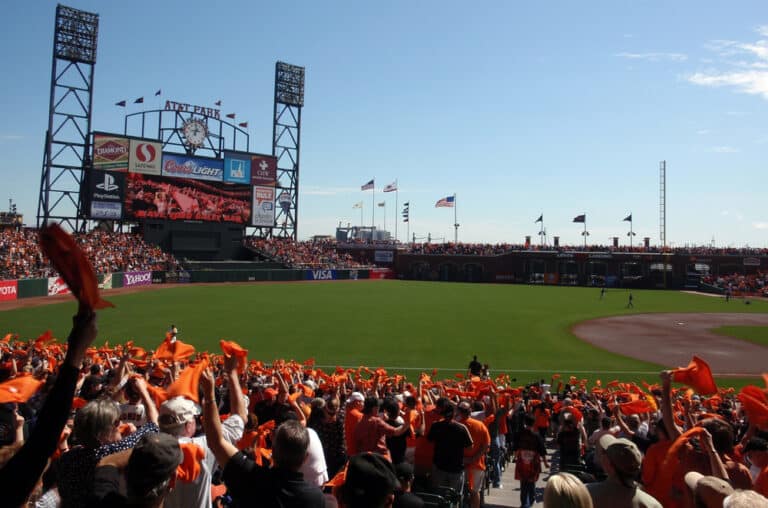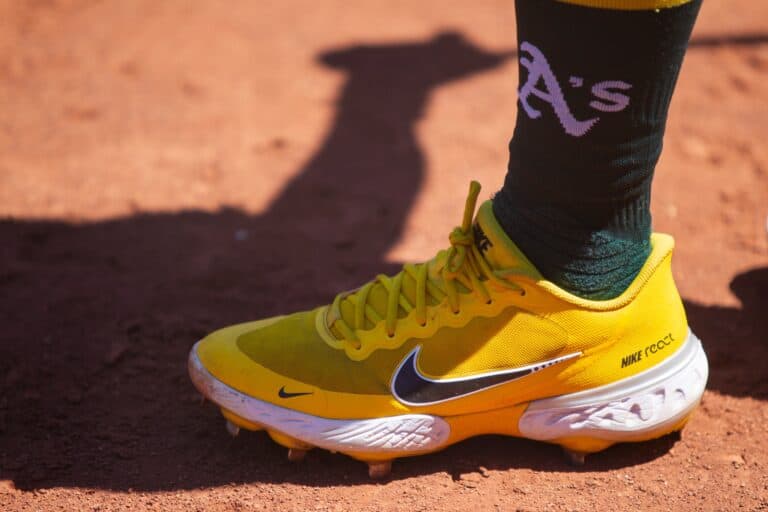AAV In Baseball (All You Need To Know)
Looking at some of the numbers you see in baseball, it can get a bit confusing between the contract value, the salary cap, and bonuses; it can be difficult to determine exactly what a player’s value is in the market, but here is where the AAV comes into play.
The AAV in baseball is the abbreviation for Annual Average Value and refers to the full value of the player’s contract divided by the contract term. Because an annual salary may vary, the AAV is calculated as an average; a 5-year $50 million contract has an Annual Average Value of $10 million.
The Annual Average Value is only a measure of the average yearly contract value over the contract period. It would not reflect the total amount per year that a player would earn as there would be sponsorships, endorsements, and bonuses, but those fall outside the AAV calculation.
How Annual Average Value Affects The Luxury Tax
Luxury Tax is also known as the Competitive Benefit Tax (CBT). It uses the annual average value plus any additional benefits the player may be eligible for to determine the total payroll value of an MLB team.
The AAV becomes an important financial standard for teams as it impacts the imposition of the Luxury Tax on baseball teams. The Luxury Tax was imposed to level the playing field for teams with different revenue levels.
For example, a team like the New York Yankees will generate far more revenue than the Kansas City Royals. So the Yankees would have the financial capability to buy the most expensive players, while smaller clubs would have no chance as they would not have the same resources.
To give all teams a fair chance, the Luxury Tax was imposed, creating a ‘spend ceiling’ for each season. Any team exceeding the spending season based on the Average Annual Value of their 40-member team roster would be liable for a tax on every dollar spent over the ceiling value.
What Is The Luxury Tax For The Next Five Seasons
Over the last five seasons, the Luxury Tax ceiling has steadily increased, and the following amounts have been agreed upon for the next five seasons as part of the collective bargaining agreement:
- 2022 – $230 million
- 2023 – $233 million
- 2024 – $237 million
- 2025 – $241 million
- 2026 – $244 million
These numbers mean that no MLB team can have a higher annual payroll than the figure set for each year. The increases vary between 1,2 % per year and 1,7% per year and would average out at 1,3% per year.
What Is The Tax Penalty For Exceeding The AAV Ceiling In Baseball
The amount of tax payable on every dollar should a club exceed the CBT level increases progressively each time the club violates the CBT threshold in consecutive years.
In the first year, the penalty is 20% of every dollar spent; in the second year, the penalty is 30%; in the third year, that penalty is 50%. So if we look at this as a practical example, the fines for a club exceeding the CBT threshold would be as follows :
- Year One – CBT is $100 million, and the club’s AAV is $110 million. The 20% penalty on $10 million is $ 2 million.
- Year Two – CBT is $102 million, and the AAV is $120 million – the 30% penalty, i.e., leveled on the $18 million difference between the CBT threshold and the club’s AAV so that the amount would be $5,4 million.
- Year Three – CBT is $105 million, and the AAV is $125 million. So here, the 50% penalty would be levied for $20 million, which would be a $10 million tax penalty.
A club can ‘reset’ its CBT threshold when the AAV drops under the CBT amount ceiling. So if you look at the example above, if the club dipped below the year three Luxury Tax level even though it had exceeded the year one and year two levels, it would be back at the 20% tax penalty level for the coming year.
There is also an additional surcharge should the AAV exceed $20 million, and this has increasing penalties the higher the AAV goes above the CBT threshold.
For AAVs that are $20 million – $40 million above, the surcharge is 12%. For AAV values that exceed the threshold by $40 million- $60 million, the tariff is 42,5% for the first year and then 45% per year after that.
Should the AAV exceed $60 million, the surcharge is 60%!
Which Players Have The Top Five AAVs In Baseball
There have been some phenomenal numbers booted around in AAVs over the last two years, but which player has the highest AAV to date – let’s look at the players that have the highest AAV for the 2022 season.
At no.5, we have two players, Stephen Strasburg and Antony Rendon, who both have an AAV of $35million. Both are free agents, and these contracts were signed in December of 2019 for the Nationals (Strasburg) and Angels ( Rendon.)
In fourth place, free agent Carlos Correa signed a contract in March of 2022 with the Twins for an AAV of $35,1 million. In second and third place, tied for an AAV of $36 million, is free agent Gerrit Cole who signed for the Yankees in 2019, and Mike Trout of the Angels, who extended his contract in March 2019?
In the top spot, we have free agent Max Scherzer who signed for the Mets in December of 2021, and the Annual Average Value of his contract is currently the largest ever at a staggering $43,333 333.33 per year!
This deal totals $130 million over three years with a full no-trade clause and a player opt-out clause after two years. This shattered the previous AAV record of $36 million set by the Yankee’s Gerrit Cole.

Conclusion
Looking at a team’s 25-man active roster, fans may get the idea that the AAV is within the spending limits, but often there may be sidelined players getting well-paid for not playing, which counts toward the CBT.
Fans need to understand that the AAVs for teams include all the players on the team’s payroll and not just those who take the field weekly, and doing so will give them an accurate view of their team’s spend and whether they would be at risk for the CBT for that season, or the next.







